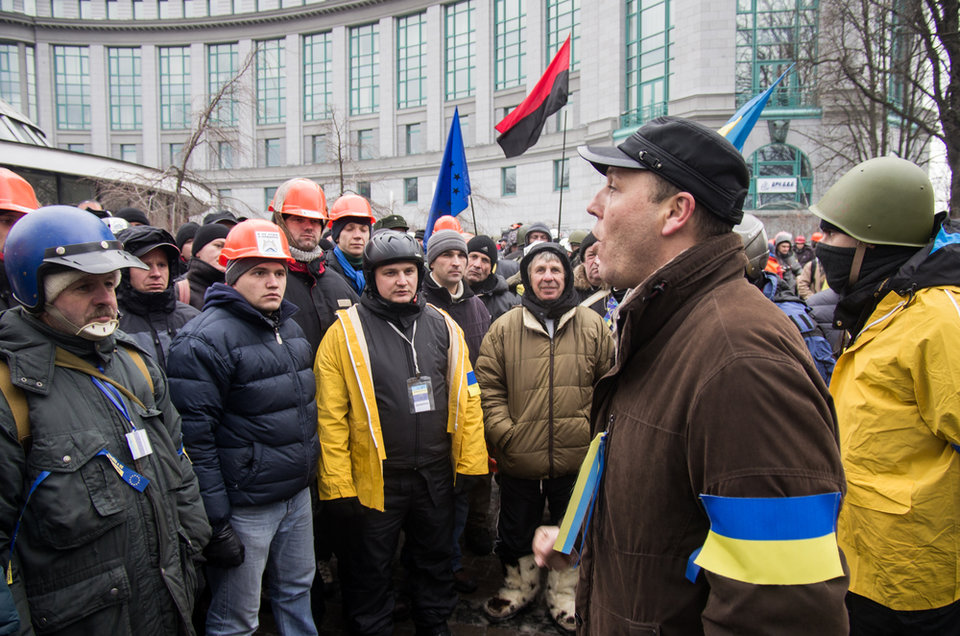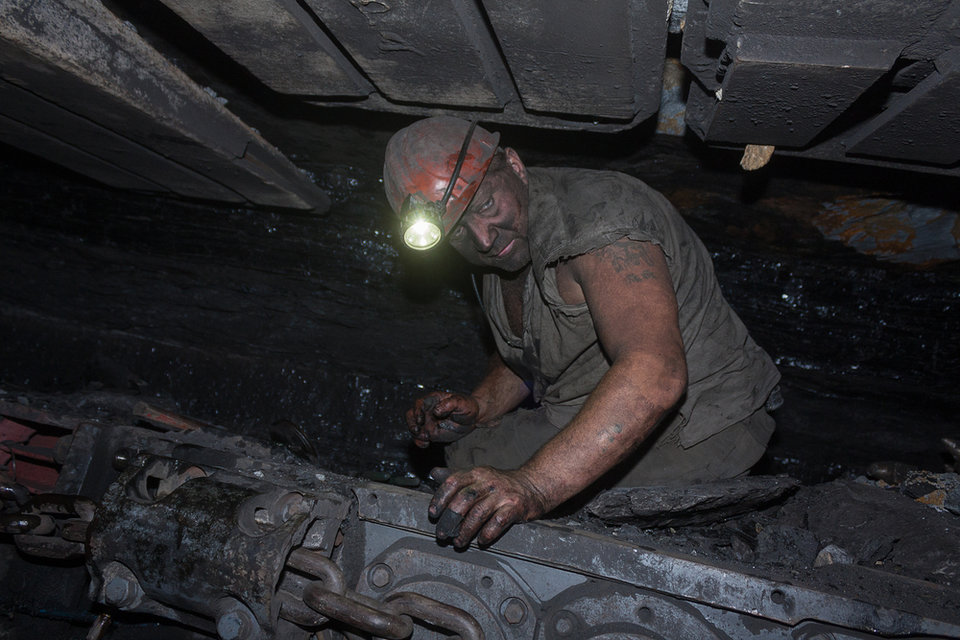South Africa’s new mining precinct: supporting local innovation
In September, South Africa launched the Mandela Mining Precinct, an outcome of the Mining Phakisa, a countrywide development project. Molly Lempriere profiles the new mining precinct, which aims to support local innovation and address issues such as mineworkers’ health and safety
Scroll down to read the article
– Credit: Nataly Reinch / Shutterstock.com
On 14 September, South Africa’s Minister for Mineral resources Gwede Mantashe and Minister of Science and Technology Mmamoloko Kubayi-Ngubane officially launched the long awaited Mandela Mining Precinct in Melville, Johannesburg, one of the key outcomes of the Mining Phakisa, a government plan to boost the mining industry.
The Mandela Mining Precinct brings together government, private companies and the universities of Johannesburg, Pretoria and Witwatersrand. It will support technological advancement, sustainability and health and safety, in an effort to make South Africa a world leader in mining.
“The Mandela Mining Precinct is a public-private initiative, created to drive innovation for the mine of the future,” says Gary Lane, managing director of SiMINE, a mining simulation company taking part in the mining precinct. “There's a whole number of aspects here, there's a load of research being done around co-mining operations, and the mine of the future.”
South Africa is a major producer of gold, coal and platinum, along with other minerals, but the country is struggling with a lack of investment that is affecting exploration. In order to best take advantage of its mineral wealth, the African nation must ensure that it is embracing digitisation and technological advancements, making it an attractive area for development.
Targeting innovation
The Mandela Mining Precinct has been established to tackle the challenges that plague the mining industry worldwide, as well as embrace the opportunities. Much of these revolve around the implementation of the Fourth Industrial Revolution: the digital revolution.
This directly builds on the aims of the Mining Phakisa, which was launched under the previous government.
“We did not start Operation Phakisa in a vacuum,” said former president Jacob Zuma at the Operation Phakisa open day in 2014. “It is in line with the goals outlined in the National Development Plan, to promote economic growth and to boost job creation. We had announced in June this year that we are chasing a growth target of 5% by 2019. To achieve that target, we require new and faster ways of doing things, and Operation Phakisa represents that new spirit of moving faster in meeting our targets.”
The Mining Phakisa brought together stakeholders to identify barriers and develop a shared vision for development of the industry. And from it the Mining Precinct has grown, as a facilitator to technical development.
The Mining Phakisa brought together stakeholders to identify barriers and develop a shared vision

Ukraine’s miners have protested for years against lack of funds for investment. Credit: LongJon/Shutterstock.
More than 40% of the country's platinum mining industry companies are making a loss
Beyond a silver-bullet
Mining operations are increasingly embracing the Internet of Things to manage operations, placing sensors on everything from trucks to mine workers in order to gather as much information as possible. This is fed into data centres, where it can be used to identify inefficiencies and predict malfunctions along with other applications, helping mines to streamline their operations. However, as companies embrace such technologies, they are often mismanaged, providing only minimal benefits compared to their potential.
The Mandela Mining Precinct will help companies to learn to manage the data collected by these sensors and fed back to the control centres, in order to avoid data waste thanks to the participation of companies like SiMINE.
“The digital revolution is seen as a silver bullet, and the industry is currently spending a lot of money on these digital solutions,” says Lane. “I am concerned that they're not going to generate the rate of return that we're expecting because we don't even use the data we currently have. Having more real-time data and dashboarding and all of that in a cloud, won't necessarily bring an improvement gain. You can expose them to all the data and they won't earn any extra tonnes of production, because they don't know what to look at, they don't understand the system.”
But investment is currently needed as companies are already struggling to make a profit in South Africa, despite abundant resources. More than 40% of the country's platinum mining industry companies and 31% of its gold mining companies are making a loss.
Digitalisation and automation can bring economic savings and increase efficiency, leading to improved production. This has already been proved at futuristic mines in Scandinavia and Australia in particular.
Increasing the use of robotics and automation has the further benefit of improving health and safety. Between 2017 and 2018, although mining-related injuries decreased in South Africa from 1,749 to 1,358, fatalities went up from 51 to 58. Robotics can remove humans from dangerous operations, and control them from safe locations.
More than half of the country’s coal mines are managed by pro-Russian separatist militia. Credit: DmyTo/Shutterstock.

Sustaining jobs and communities
Many worry that increased automation will have a negative effect upon employment rates as manual labourers are replaced by robotics. This is particularly pressing in South Africa, where 464,667 people are employed in the mining sector.
The digitisation of the mining industry will likely increase employment, argues Lane, as new positions are created. The challenge will lie in overcoming the skills gap, as mines need fewer labourers and more data analysts.
“One of the key things that the Mandela Mining Precinct is looking at is skills development,” says Lane. “Probably the most challenging thing in the digital revolution is actually the educational element. There's going to be a global shortage of people with digital skills, if you have a look at the latest McKinsey report [on automation and the future of the workforce] it shows that we're going to be millions of people short of workers with the right digital skills. We're talking about globally across all industries.”
The Mandela Mining Precinct will include a number of educational projects, with universities and companies such as SiMINE taking part in schemes.
“What we're doing here at SiMINE is taking tertiary learners, and exposing them to mining,” says Lane. “So far we've taken 75 children through here and we expose them to mining, to show them it's exciting. There's augmented reality, VR, digital, it’s not just digging holes in the ground; it is actually very, very exciting.
“At the same time as exposing them to mining, showing them that this is an exciting opportunity, it's not just mining engineers, we're going to need mechatronics, electrical engineers, robotics, and data scientists. And then also some exposure to systems thinking, because it's a skill that's critical for leaders in the future in a host of industries.”
Finally, the Mandela Mining Precinct will focus on environmental efforts and sustainability. This goes beyond protecting ecosystems, to include sustainable community development.
“What happens when mining stops? A mine is finite, it's a finite resource, but there are communities around mining,” says Lane. “We are looking at what is the diversified economy after mining so that there is a sustainable industry in that area, after mining. Agriculture is a big, big focus, if you think about all the land that these mines own and the agricultural opportunity. We need to create an economy beyond mining that's sustainable.”
It is essential to pay wage arrears in full [and] stamp out corruption in the industry